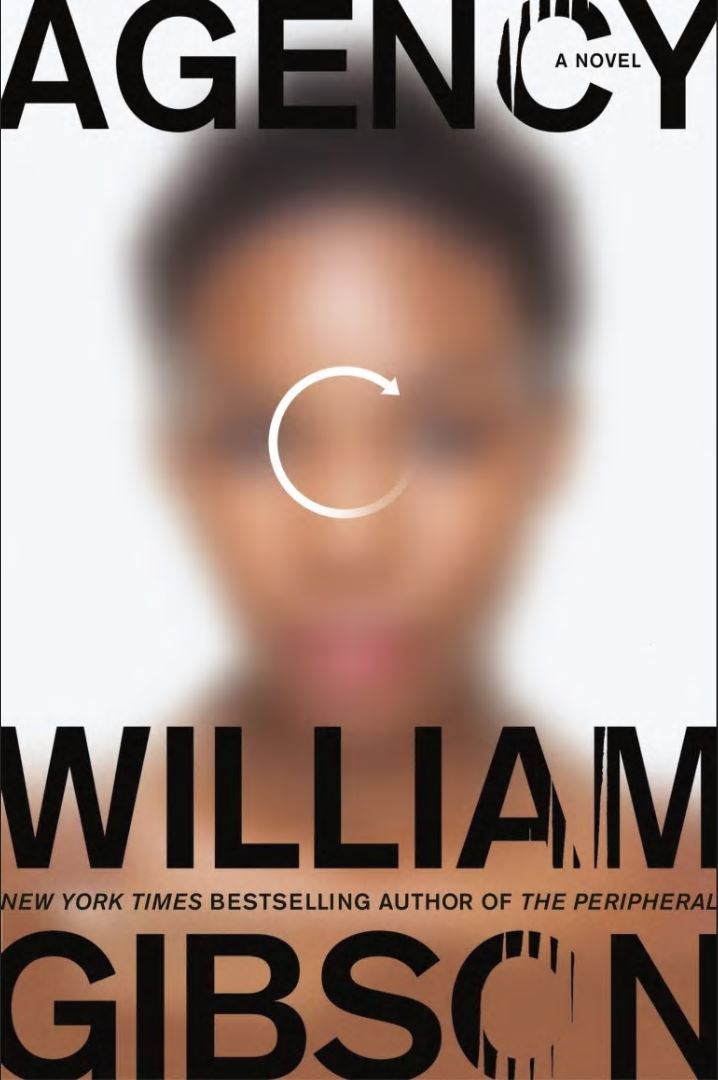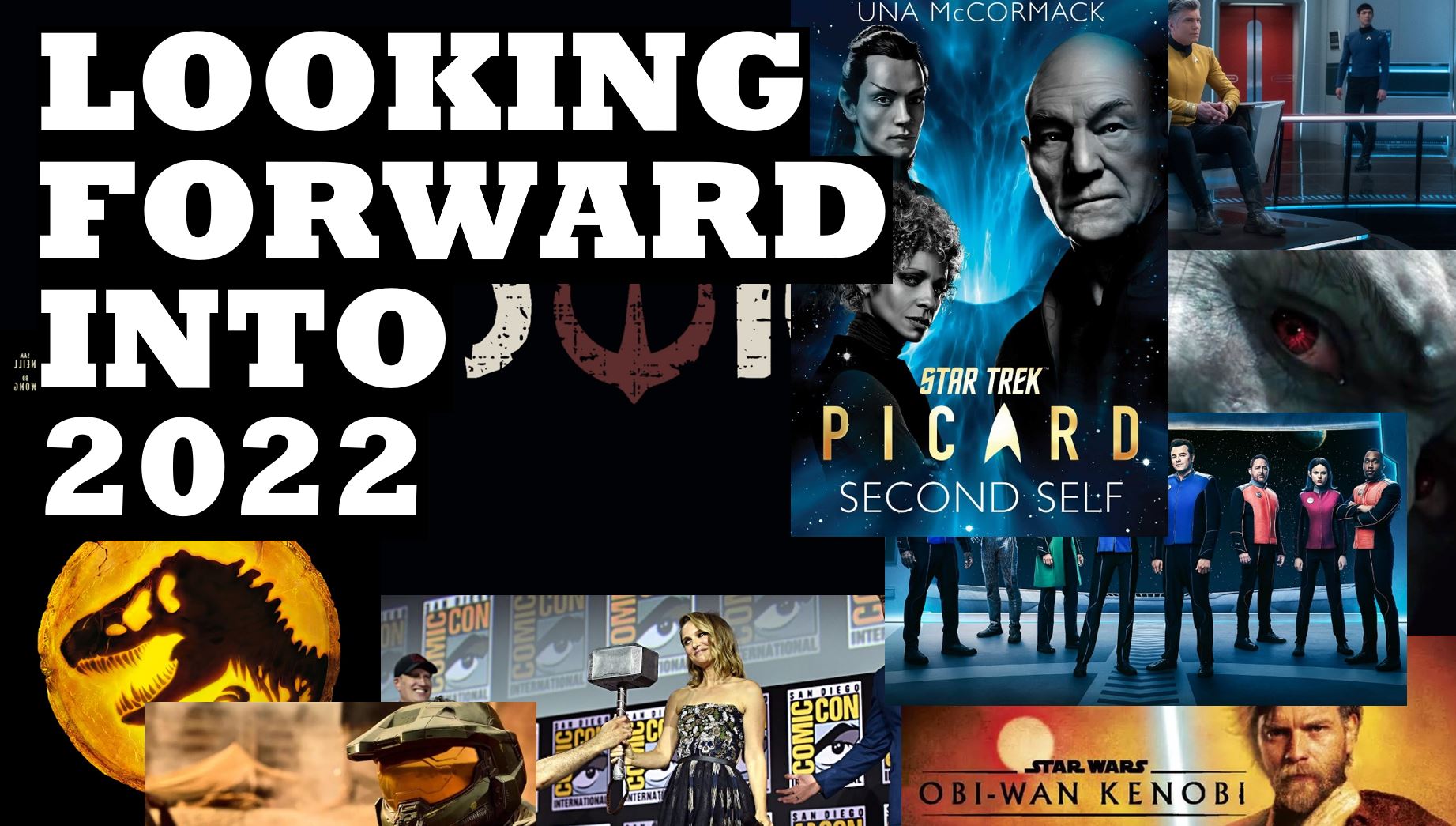
It is not often I get to review a novel by William Gibson. His last work was The Peripheral from 2014, though he did author a the graphic novel Archangel in 2016. Agency is a tough book to review. I am not sure whether I like it. The author describes it as both a sequel and a prequel to The Peripheral. The story is never dull, its an exercise of moving from one absurdist moment to another. However, that can be exhaustive to read. The colorful descriptions of environment and characters thickly laced with irony and metaphor. It made me feel as if I was missing out on something.
If you are unfamiliar with any of William Gibson’s prior work than I highly recommend Neuromancer. That 1984 novel along with Blade Runner established the Cyberpunk genre. Movies such as The Matrix took inspiration from it as have other authors. In fact, Agency bares more than glancing resemblance to Neuromancer. Just like that novel there is a Molly Millions type character and a protagonist with a task for which they are unfit.
The world of Agency
Agency starts off like so many other novels by William Gibson. In a highly convoluted manner the setting is established. Verity Jane is an ‘App Whisperer’, she provides her expert opinion on the latest gizmos. Verity is working for Tulpagenics. One of their mysterious new products is an A.I. – Eunice. Supposedly a personal assistant. The question the reader will ask is – is the A.I. real – or is it an elaborate test. Matters worsened when Eunice cavalierly hacks bank accounts from shady businesses. To obtain what she calls ‘Agency’.
While Verity is quickly tumbling down the rabbit hole there is also a second plotline. You see, the world of Verity differs from ours. Trump lost the election and Brexit neve came to be. The intrepid election meddling, social media trolls and influencers are lessened by Lowbeer. She is a police officer (of sorts) from the 22nd century who attempts to steer Verity’s timeline away from her own. The results are not encouraging as Verity’s ‘stub’ is on the brink of nuclear war over escalating tensions on Syria. When Eunice disappears Verity has to play catch-up.
Meanwhile in Lowbeer’s 22nd-century the ultrawealthy enjoy meddling in other timeline’s. Lowbeer often stops their antics and that has made her a target. The reader still has to ask the question “Is any of it real?”. The time-travel through the unspecified VR-technology feels like something straight out of Fringe. But that is never the central theme. It is that our world is shaped by the unaccountable use of technology and social media. This is used by a select few who are able to leverage this for their own ends, but end up making the world worse.
Conclusion
Ultimately, the plot does not really matter. In fact, I found it very hard to follow and about two-thirds into the book confusion sets in. I don’t think the story is rewarding, unlike Neuromancer. Yet, the exposition is. On the first page alone the character Lowbeer is described wearing a Victorian riding habit made out of nylon aviator jackets. Later on this followed by vivid descriptions of the gig-economy that borders on criminality. The reader has the constant feeling that author William Gibson has studied our world too closely. And is holding up a razer sharp mirror. Despite the fun in the intricate and accurate descriptions of technology it adds to the confusion. Somewhere beneath the exposition there may be a better story. I wonder if the author tried to hide that fact.




1 thought on “Agency by William Gibson Review”
Comments are closed.